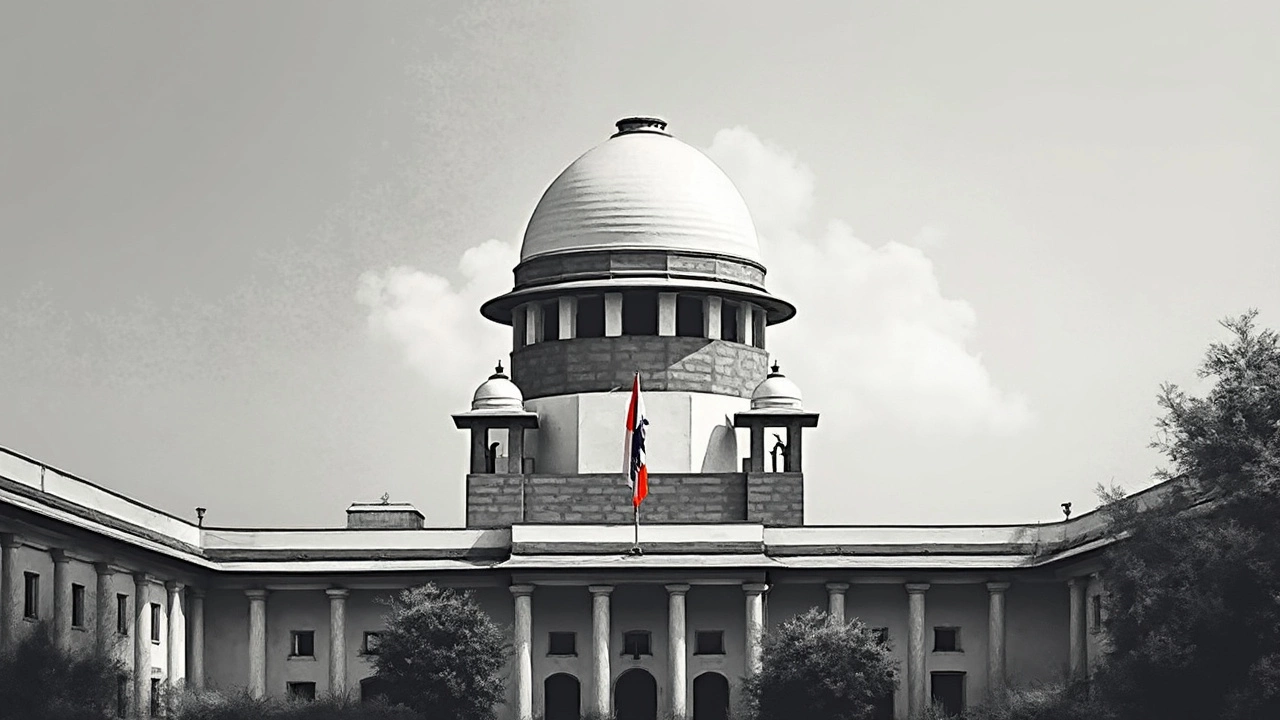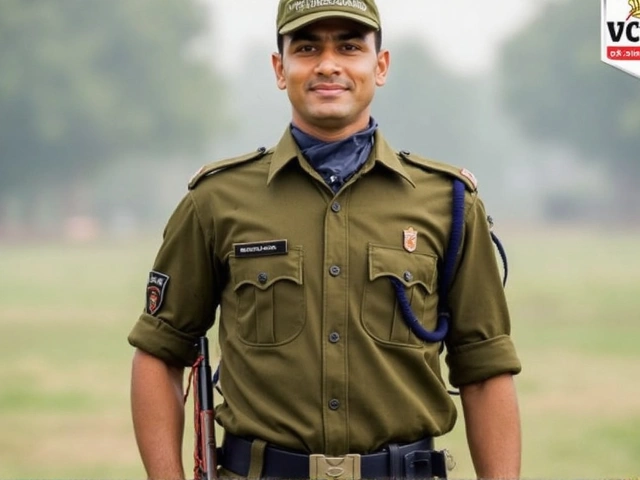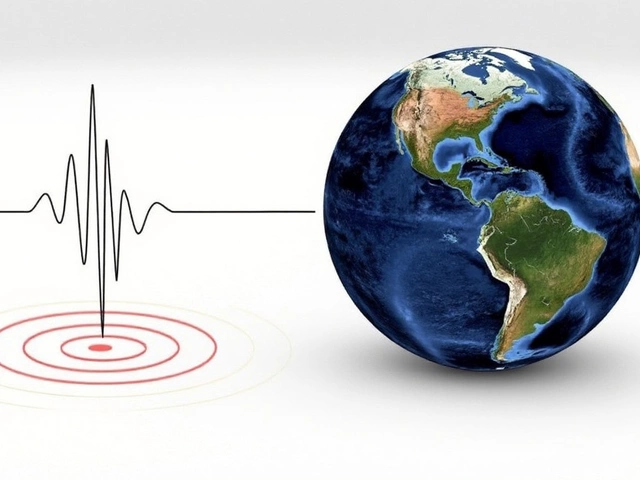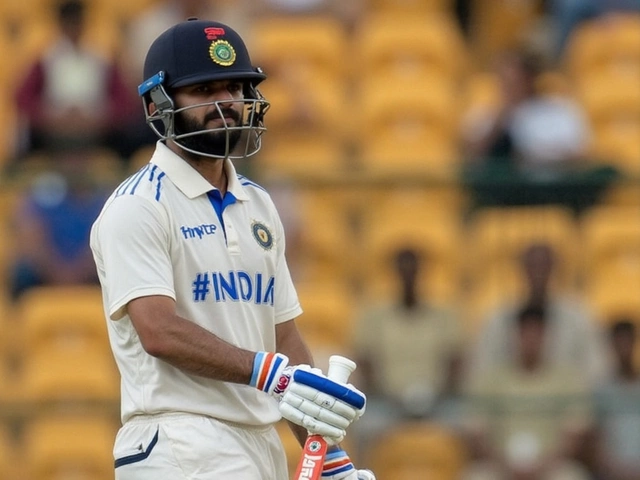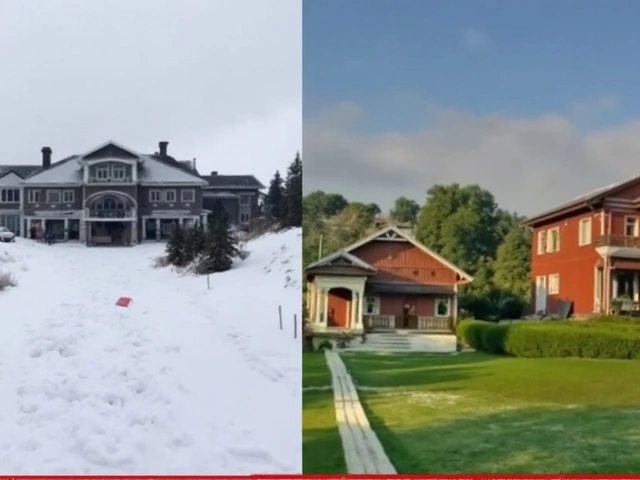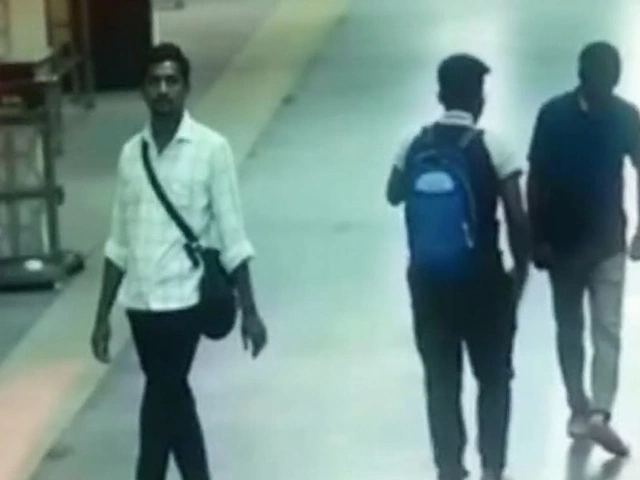Four Seasons in India – What’s Coming and How to Stay Ready
India’s climate flips between four distinct moods, each with its own vibe. From scorching summer days to sudden monsoon downpours, knowing what to expect makes daily life easier and travel more fun. Below we break down the main seasons, share real‑time weather highlights, and give quick tips you can use right now.
Summer (March – June)
When the mercury climbs above 35 °C, heat‑index alerts become a daily thing. Cities like Delhi often feel the heat like a 45 °C “feels‑like” number, especially with high humidity. If you’re heading out, wear loose cotton, stay hydrated, and plan outdoor tasks for early morning or late evening. In Delhi the heat index recently hit 45 °C, prompting officials to advise people to avoid midday sun.
Summer also brings the first pre‑monsoon storms in the north. A quick glance at recent weather reports shows occasional thunderstorms that give brief relief but can also cause sudden traffic snarls. Keep an umbrella or a light raincoat handy, just in case.
Monsoon (July – September)
The monsoon is India’s most dramatic season. Heavy rains sweep across the plains, the Himalayas, and the coastal belt. Recent alerts from the India Meteorological Department (IMD) placed Delhi‑NCR and parts of Uttar Pradesh under orange warnings, with up to 87 % chance of showers in a single day. When you see a headline like “Delhi rain on orange alert,” it means you should expect waterlogging, slower traffic, and reduced visibility.
Practical monsoon tips:
- Carry a sturdy waterproof bag for electronics.
- Check road conditions before heading out; many routes can flood after just a few centimeters of rain.
- Use public transport when possible – trains and metros often run on schedule while roads get jammed.
In Kolkata, a recent depression over the Bay of Bengal caused citywide waterlogging, showing how quickly the monsoon can turn a normal commute into a slog. Stay updated with local alerts and give yourself extra travel time.
Post‑Monsoon / Autumn (October – November)
After the rains recede, the air feels fresher and temperatures drop to a comfortable 25 °C‑30 °C in most places. This period is ideal for outdoor festivals and travel. The weather is usually dry, but occasional showers can still pop up, especially in the north where lingering monsoon clouds linger.
Take advantage of clear skies to explore heritage sites, parks, and hill stations. Light jackets are enough for evenings, especially in higher altitudes.
Winter (December – February)
Winter brings a sharp dip in temperature, particularly in the northern plains where nights can dip to 5 °C‑10 °C. In Delhi, recent forecasts warned of rain and thundershowers even in winter, a reminder that the season isn’t always dry.
Winter tips:
- Layer your clothing – a sweater over a shirt works well.
- Watch for fog in the early morning; it can reduce visibility on roads.
- Stay warm but keep a light raincoat nearby – winter rain can be sudden.
Whether you’re planning a trip, commuting daily, or just curious about the weather, keeping an eye on IMD alerts and local news helps you stay ahead of the game. The four seasons bring their own challenges and joys; with the right prep, you can enjoy each one without the hassle.
Got a favorite seasonal tip? Share it with friends and make the whole year smoother for everyone.
Anant Ambani, Radhika Merchant Honeymoon at Costa Rica's Ultra-Luxe Four Seasons Resort
After a lavish Mumbai wedding, Anant Ambani and Radhika Merchant headed to Costa Rica’s Four Seasons Casa Las Olas for their honeymoon. The villa, known for its extensive luxury amenities, hosted the couple shortly after their appearance at the Paris Olympics alongside Mukesh and Nita Ambani.
